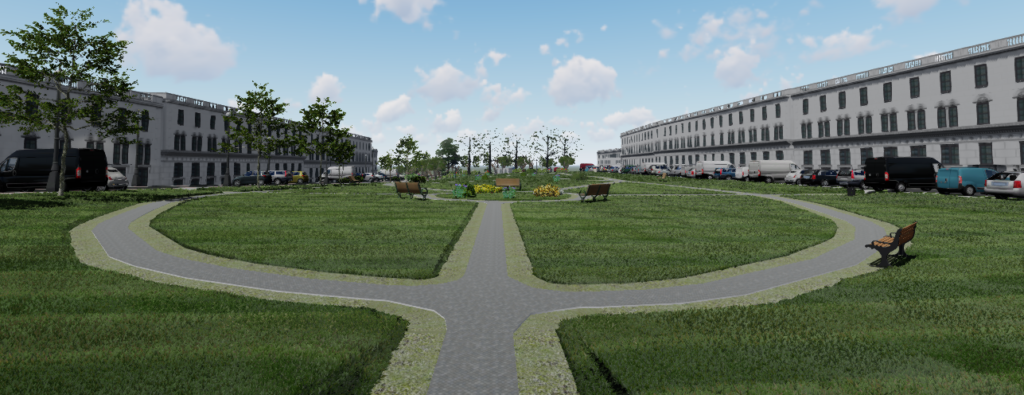Mental health issues and stress is rising, with a substantial economic cost on society; in 2011, the UK Department of Health reported mental health costs of £105billion. People need time and restorative environments to help them recover from stressors and avoid mental health problems where feasible. However, as reported by the World Health Organisation, increased environmental noise exposure in urban environments is having a detrimental impact on people’s mental health and wellbeing. Urban sounds can at times be positively evaluated and support restoration, but little is known on how to design environments to create these positive ‘soundscapes’. Although research into soundscapes and cognitive restoration is growing, there are still disconnects with applied built environment design. This project innovatively integrates these different disciplinary areas of research. It draws on the disparate existing knowledge to create a tool to advance knowledge on the relationships between these areas, thereby providing a means to inform evidence-based designs. The aim of the project is to develop a visual soundscape simulator of urban quiet and calm areas to assist in Designing and Engineering Soundscapes To enable Restorative Environments for Sustainable Societies (DeStress).

The visual soundscape simulator (VSS) will be both informative and a methodological research instrument. Novel features of the VSS include the presentation of audio and visual stimuli, the inclusion of positive and negative sounds, the ability to adapt the scene and sound sources to represent multiple virtual built environment sites, and the mapping of soundscape health outcomes. It will provide the opportunity to determine the objective (independently measured) and subjective (self-report) health outcomes of exposure to different built environment infrastructure and their resultant soundscapes.
Project DeStress will be structured by four Work Packages (WP) to meet the aim, each producing research outcomes with long term public and social, industrial, economic, policy and academic impact. WP1 will establish any disconnects between council and public identified quiet and calm urban areas. This will aid policy recommendations on suitable guidance for identification methods for quiet and calm areas, which currently include sound levels and physical size. WP2 creates pre-rendered audio-visual virtual simulations of real and engineered quiet and calm urban areas, and then provides a soundscape map including typical health outcomes from those who experience such a place. This provides acoustic consultants, contractors, planners, and environmental health officers with evidence-informed design outcomes to assist with their planning decisions. Usability testing in WP3 will ensure the VSS is user-friendly with appropriate soundscape map visualisations and clear graphical interfaces to engage the public and practitioner end-users. Public accessibility of the online tool helps inform the public about the impact of urban soundscapes on their health and wellbeing. This empowers them with knowledge for campaigning for appropriate preservation of restorative soundscapes through contributing to Local Community Planning Partnerships. Finally, validation tests in WP4 of the accessible online VSS will determine the accuracy of the tool and will enable experimental research into increased understanding of the relationship between soundscapes, restoration, and the design of built environments. This will assist the development of future urban sustainable and healthy societies.

Project Destress was originally a 16 month research project, starting February 2018 ending August 2019. It was funded by the Engineering and Physical Sciences Research Council, in the UK [EP/R003467/1] and based at Heriot-Watt University. Data has continued being collected and analysed after the formal project end date and work in this area is ongoing now at the University of Surrey.